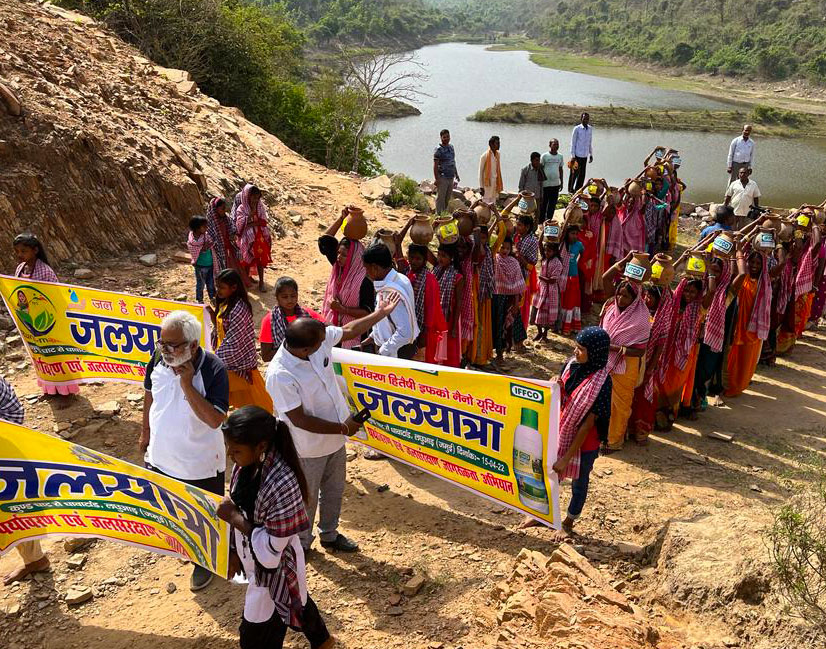This theme is about how to manage natural capital by making secure the availability and managing the quality of natural resources.
Land: Healthy functioning landscapes, with their links to the urban environment, have multiple roles and deliver a range of services to society some of which are noneconomic and intangible in nature. This includes, but is not limited to, leisure, health, tourism and biodiversity conservation.
Soil: Agricultural soils provide the foundation for productivity and are an increasingly limiting resource. Inappropriate or exploitative production systems represent a key threat for soil degradation through erosion, nutrient depletion or structural collapse. While some of these threats are reversible, some are not. Potential research areas might include understanding soil processes, rhizophere and plant-soilmicrobe interactions, carbon and nitrogen fluxes, structural properties of soils and the interactions with organic matter and inorganic nutrients, all of which may interact to influence plant health and productivity.
Water: Agriculture is a major user of water and in some regions and for some crops may be the primary user. Falling water tables means that water is increasingly being mined, and not replenished. Agriculture is a key driver in the water dynamics of catchments and its total water use may be seriously depleting water availability and impacting quality and water ecosystems.
Biodiversity: Biodiversity issues are increasingly becoming the forefront of the agriculture, forestry, and fisheries policy debate. Modern management practices coupled with climate change and other human activities (e.g. urbanization) put consistent pressures on biodiversity. The resultant loss of biodiversity not only threatens the functioning of terrestrial and marine ecosystems, but also the capacity of society to adapt to certain challenges (e.g. diseases). It is therefore important that management practices take into consideration the protection and enhancement of biodiversity and that policies are being brought to bear so as to define the limits of tolerable impacts.
Forests: Forests, when sustainably managed, provide wood biomass and an important carbon sequestration service to society over and above social amenities, water retention, biodiversity and the environmental protection of land. Maximising benefits from sustainable forestry in a multifunctional landscape can contribute to climate change adaptation and mitigation, water quality/flood mitigation, prevention and control of damage from pests and diseases, enhancing tolerance to abiotic stresses, solutions for sustainable management and intensification, tree improvement and forest genetics.
Aquaculture and Fisheries: The marine and fresh water ecosystems are important providers of food and bio-energy products. Given pressures on terrestrial ecosystems it would be advisable to increasingly focus on the ability of the oceans to reduce the stress on the productive capacity of the terrestrial ecosystem, while recognising that some marine and fresh water ecosystems are already under pressure.
Integrated Agricultural Production Systems: Managing the natural resource base and other inputs needs to occur in a systems context which seeks to optimise productivity but maintain sustainability through a healthy natural resource base including biodiversity. This science area provides opportunities for systems modelling and integration studies which also consider the socio-economic, as well as biophysical, dimension of agricultural production.



